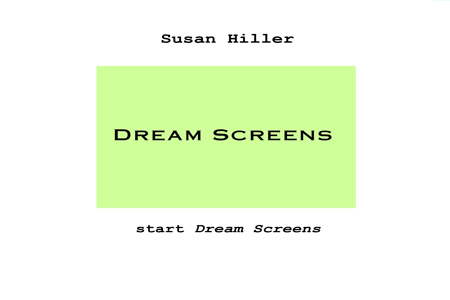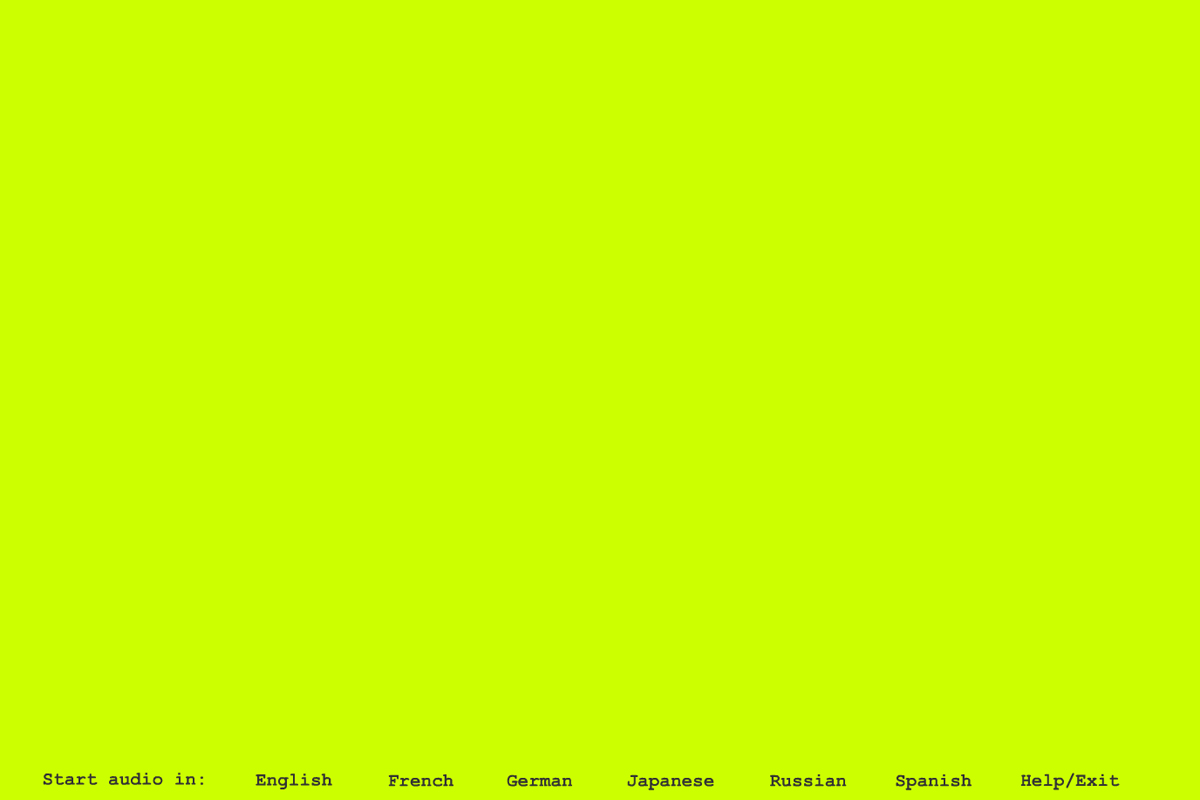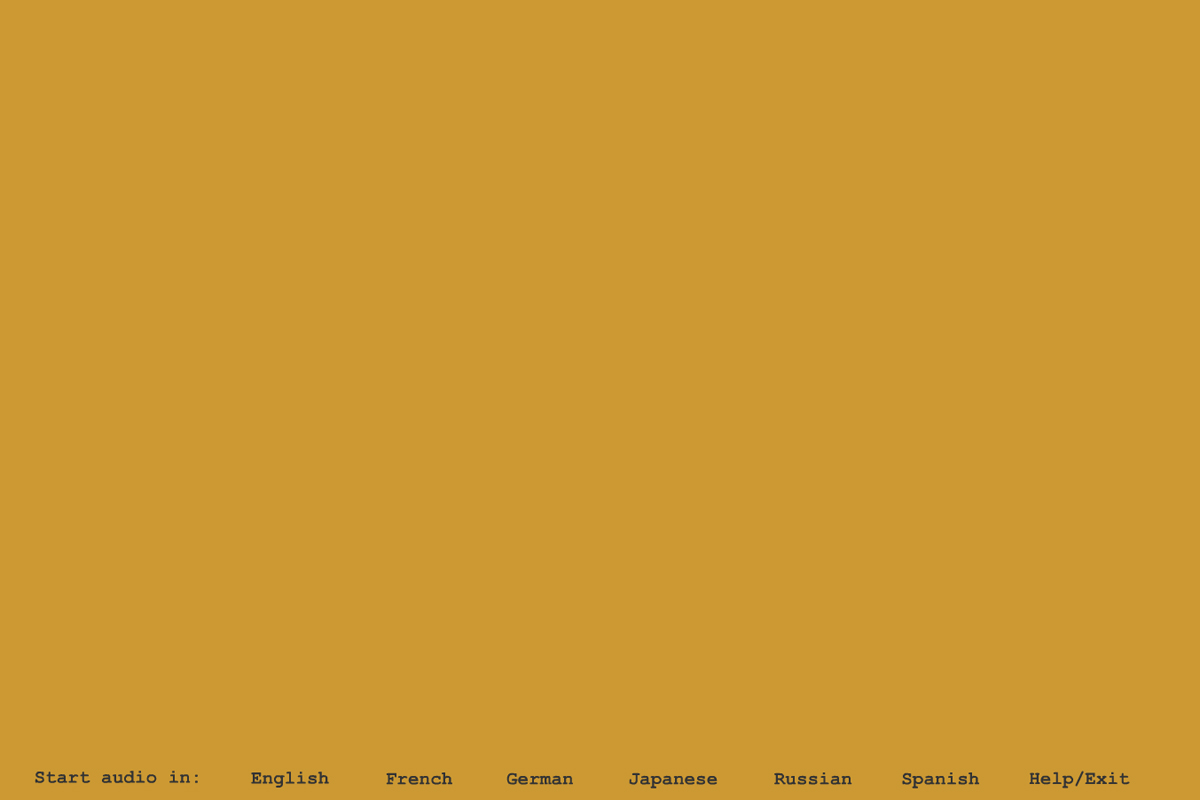This work plays with the paradox of how screens are used, usually full of constantly refreshed texts and images, and what is presented here in that flat, monochrome hue. Browsing happens without an objective, wandering, focused uniquely on the emotions produced by the colors, detached from any search for information.
The narrative fragments and the sounds presented in the background create a juxtaposition of individual and collective narratives, past and present theories, internal and extraterrestrial sounds. The individual and spatiotemporal markers are blurred, making way for the imagination and an interpretation freed from all rationality.
Dream Screen provokes and explores the moment when we let ourselves get carried away in this almost hypnotic experience. The barrier between dreams and reality is permeable, the subconscious becomes accessible in the waking state.
The work echoes the artistic event called Dream Mapping conducted in England by Susan Hiller in 1974, halfway between performance and scientific experiment, consisting in the establishment of individual and collective cartographies of participants’ dreams.
An American living in London, Susan Hiller (1940-) has been one of the most influential artists of the British scene for the last forty years. Through a process that is both conceptual and sensitive, she follows an anthropological approach in all of her work (it is a discipline that she studied): field survey, collection and cataloguing of data or testimonies, comparison and analysis, presentation; a method that she applies and transforms to present unexplained or paranormal phenomena and “zones of uncertainty.”





